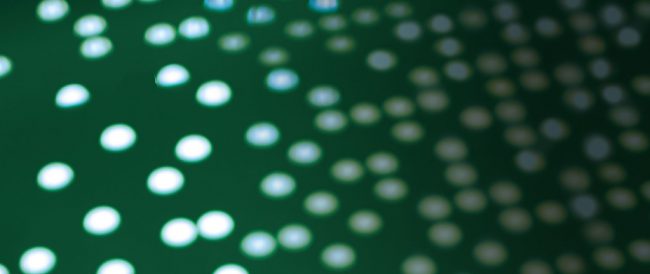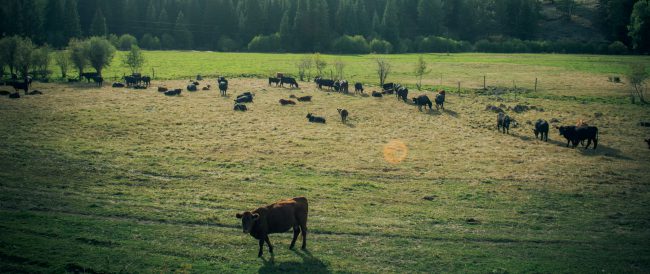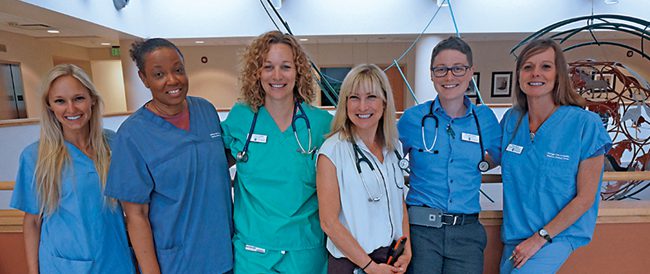 Read More
Read More
By Megan Spedoske
Grief and Bereavement
Part of my weekly routine as a veterinary social worker for the MSU Veterinary Medical Center is contacting owners whose companion animals have died in the previous seven days and offering support to them. Sometimes, I am met with indifference and a bit of confusion but, most often, it is gratitude and relief.
Normalizing the grief process for owners can be especially helpful in their healing journey. Frequently, I hear phrases similar to, “I just don’t understand why this is so hard,” and, “We knew this was coming, and we’re still sitting here totally at a loss for what to do now,” or, “I can’t believe I’m having a harder time with the loss of my dog than my own grandparent, and I feel so guilty.”

These statements and beliefs are common, and the dissonance is frequently due to societal, cultural, and familial beliefs surrounding how one ‘should’ grieve and who is ‘worthy’ to grieve over. Those of us who have worked in the field of death and dying note that Western society is moving increasingly away from death-related activities and mourning or the outward expressions of grief. Instead, the traditional mourning period is filled with celebrations of life. We do not do a very good job of even talking about death, much less grieving and mourning one. Even how we teach our children about death has changed throughout time, becoming almost taboo and including the limitation of children’s encounters with death, both human and animal alike.

Seeking Support
Humans frequently are looking for the quick path to healing, and for good reason. Grief is painful and confusing and can feel quite messy. There are numerous models that attempt to inform us about the typical grief process. Most familiar and noted is the 1969 work of Elisabeth Kübler-Ross, who identified five stages of grief. During her work with the dying, she noted five emotional states people experienced following a fatal diagnosis or the death of a loved one: denial, anger, bartering, depression, and acceptance.
What Kübler-Ross did not anticipate was the way in which this important foundational work would be interpreted. It was not intended to be viewed as a stage-like, linear pattern of grieving; however, many view it this way, and have encouraged others to keep track of their grief in this model. This can be unsettling to those who do not recognize their grief and may worry they are grieving the ‘wrong’ way.
I often speak of grief as something we go through, not something to be avoided, minimized, or even compared to others. Everyone’s grief process looks different due to multiple factors including how the death occurred and the nature of the relationship between the deceased and the living.
J. William Worden’s tasks of grief seems to be a more user-friendly model in understanding the grief process. He postulates that people have a need to understand the death to accept the reality of the loss. This means understanding who, what, when, where, and how the death occurred.
- In the case of animal-related grief, some owners may struggle with the very real decision of euthanasia and the guilt or shame associated with it.
- Worden then suggests people need space to work through the pain of the grief, or to feel and express the emotions that come with the grieving process, which can vary.
- The third grief task involves adjusting to the environment without the deceased. For many companion animal owners, this is difficult. Not hearing the jingling of the collar or the scamper of feet to the door upon return home or seeing the animal in their favorite place can be gut-wrenching.
- The fourth task is embarking on a path to a new normal, while maintaining connection to the deceased. We often see this with donations to animal shelters, running 5K races to benefit a particular cause, or some other form of memorialization. These tasks are fluid and can be revisited and navigated as the bereaved requires.
It’s helpful to remember the events following a death are for those who remain living and are in honor of the deceased. Instead of days, weeks, and months spent mourning and being cared for by close friends and family, people often feel expected to fill the role of social host for gatherings and parties. It also is likely that they are expected to get back to their typical lives within a few working days—a common, but not universal, employer bereavement policy. However, we know grief changes who we are at a physiological level. Numerous studies indicate the grieving brain takes in and processes information differently, sleep and eating patterns are interrupted, blood pressure increases, and existing physical pain is exacerbated.
Impact of Human-Animal Bond
As social workers examine the ways humans grieve the loss of the animals in their lives, we are often asked when and why this has changed throughout time. Just a generation or two ago, most animals were kept outside, served a specific function, and were not necessarily viewed as family members. Thanks in part to the field of parasitology and the development and use of vaccines and disease prevention methods, animals are no longer viewed as parasite-ridden creatures who must stay outdoors. Another facet that has been highlighted is the change in family structure. Families have not maintained the same high numbers of offspring, and relatives are frequently more spread out from each other. This has given space to elevate animals into a higher status within the family structure. Animal owners may build their lives around that of their animal. Their daily routine includes caring for a creature that needs feeding, walking, interaction, and affection. Companion animals often increase owners’ social interactions and overall physical activity.
In the same vein, the impact of the human-animal bond has been increasing as a focus area of research. According to PetPartners.org, the benefits of having a companion animal include increased functioning with daily living activities, increased life satisfaction and feelings of support, increased ability to tolerate changes, and decreased loneliness and stress responses. While there is increased recognition of the bond between humans and their animals, animal-related bereavement remains highly disenfranchised. This type of complicating factor occurs when a person’s mourning is restricted. In the case of animal-related grief, it could stem from not being recognized as a worthy process or devalued by friends, family, or colleagues. If a person’s loss is not recognized as important, it can be difficult to accept the death and one might minimize their own feelings of grief. This often interferes with the bereavement process and owners may feel the need to ask for help.
Ultimately, people are hardwired to connect and maintain attachments, whether to humans or animals. So, when we have experienced the love and companionship of a beloved animal, the grief experienced as a direct result of that loss is real and should be supported. Reducing feelings of isolation is important during grieving; if a person is forced to grieve alone, it can complicate the healing process. If people are not surrounded by friends and family who understand that connection, they may do well to connect to a more formal type of support. This could be attending a pet loss support group, calling a pet loss hotline, or even seeking the support of a therapist to process their grief. My hope is that one day, all loss is recognized as loss—instead of a hierarchy of ‘worthy’ losses—and that all are supported and validated in their desire to grieve, heal, and honor those who have made an impact on their lives.
Megan Spedoske, LMSW, has more than 12 years of experience in nonprofit agencies and expertise in grief, loss, and trauma, and leads Veterinary Social Work Services for the College.
















